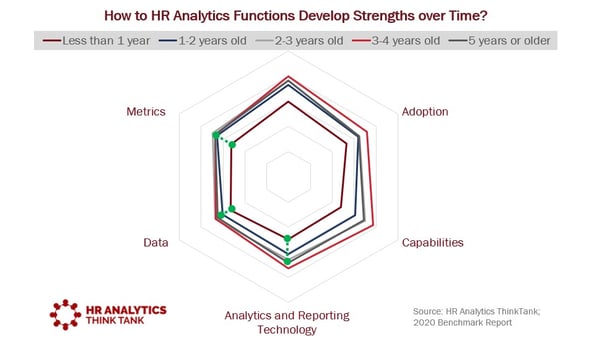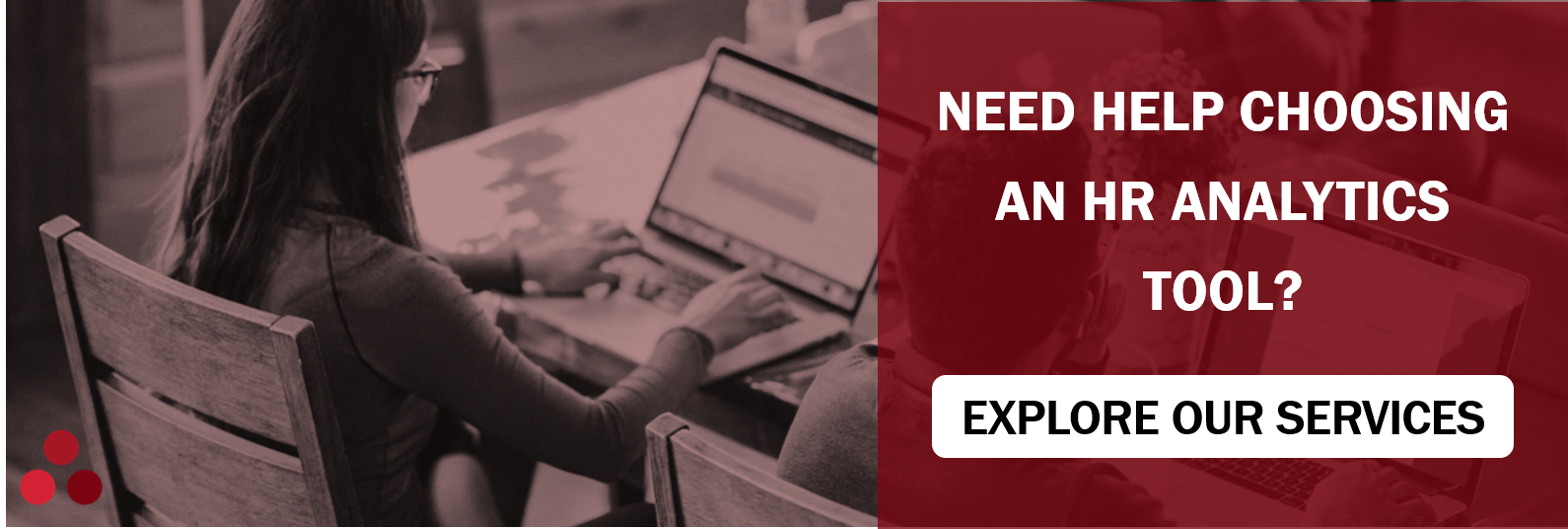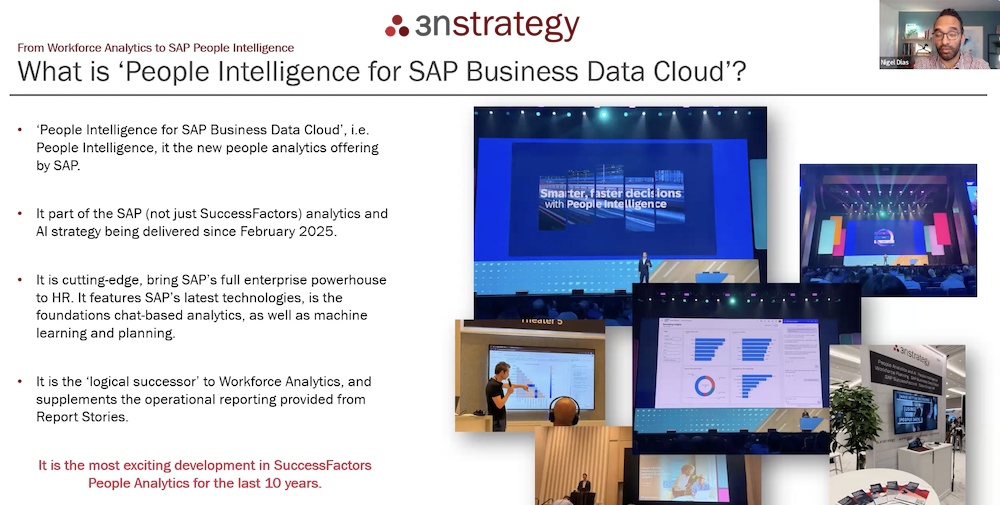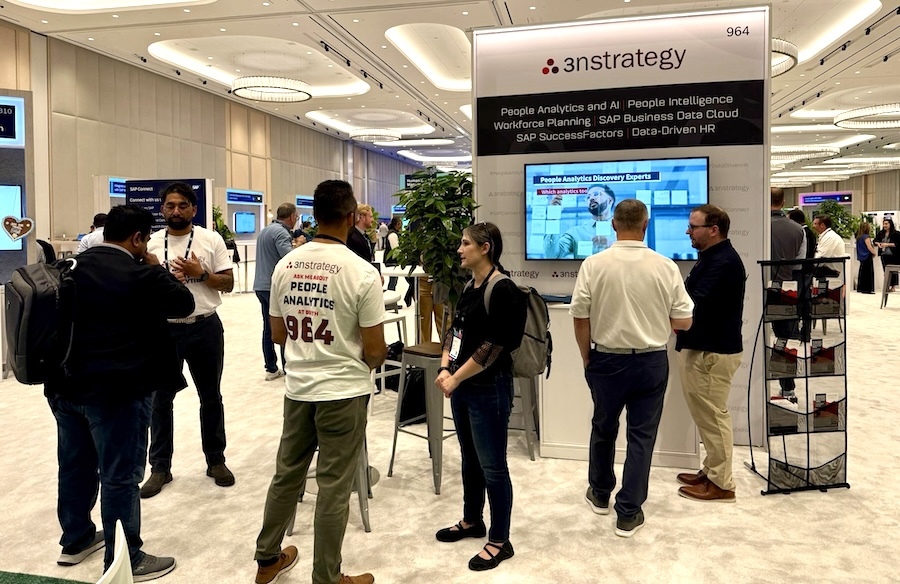Throughout your journey to HR analytics success, you will need to make investments into your team and the tools they use. The way you decide to build the team will define the type of value it will create for your decision-makers. As important but often forgotten - the time and which you make the investments will define how quickly you can create value. By our estimates, over half of HR analytics functions globally lose 6-18 months by taking waiting too late to invest in specific HR analytics skillsets, and HR analytics technologies.
The best way to not lose this time, is to have a HR analytics strategy that envisions ahead of time when you will need to consider these investments. In particular, when it comes to selecting technologies, your strategy should allow time to consider the value that tool(s) will create for your business, but also the time it takes to procure the tool, and the time to implement.
At 3n Strategy, we are often asked to help HR analytics leaders select the tools they want to use, and we are also partner with a wide variety of HR technology vendors in the space. In this blog, we outline the questions that we recommend our customers ask themselves when picking an HR analytics tool.
What do you need to do before selecting an HR analytics tool?
There are many different types of people and HR analytics technologies. Some will work with any type of HR data, whilst some are specific to HR niches - and some are not specific to HR at all. Others analyse data, other visualise it, and some do more. For nearly any HR analytics requirement, there is probably at least one tool that will do it for you.
Therefore before you select a tool, it is important to have an HR Analytics Strategy in place that includes defining what value your tools need to deliver - and what they do not. If you haven't already devised your HR analytics strategy, we recommend you do that first.
What are the different functionalities of HR analytics tools?
There are four types of tool functionalities you will come across in HR analytics (also covered in our Definitive Guide to People and HR Analytics). Most tools will cover multiple areas of functionality, whilst some will specialise in one in particular.
The relevant functionalities are as follows:
-
Data Collection - These are tools that collect raw data about the workforce. This could be core HR data to learning and performance data to organisation network information to business data.
-
Data Transformation - Data transformation tools take raw data and transform them into a language of metrics which enable decision-makers to take actions.
-
Data Science and Statistical - These analytical tools take HR metrics and data and allow analysts and data sciences to conduct simple or advanced calculations and produce more useful forms of evidence. The most advanced tools may require an investment into HR analytics training.
-
Visualising and Reporting - The way a decision-maker experiences data is key to evidence-based decision-making. Different reporting tools will make it easier to create effective visuals and scale those insights across the business more or less easily.
There are other factors to consider when considering HR technology:
- Tools that only work with their native product. Some HR technologies offer analytical functionalities and data, but only for their own products. In enterprise suites, this may be HR reporting/BI solutions that only draw data from their own HR modules. In smaller vendors, this may be solutions such as survey platforms that analyse their own data. Neither of these cases are good or bad - but it may be worth consider whether you need these data points and analytics to integrate with your wider HR analytics strategy.
- Tools that are only for very specific purposes. Some HR analytics technology are very specific in their purpose. They may collect, transform, analyse and visualise evidence, but it will be for a particular purpose. You may need to consider if this needs to connect with your wider technology strategy and how to integrate them.
- Tools not designed for HR analytics. A final consideration will be that some tools are designed for HR analytics, and some are not - especially for transformation, analysis and visualisation. In particular, non-HR technologies often struggle to transform raw HR data, which is surprisingly complex when compared with other types of data (like finance). It is also worth consider how non-HR visualisation tools will blend in with your HR tech experience, and how intuitively they display evidence for HR decision-makers to use when making decisions.
Should we buy an HR Analytics tool, or build it ourselves?
This questions is usually only asked by people and HR analytics leaders with strong reporting technology backgrounds. Both in our experience, drawing both on customer examples and the research conducted by The HR Analytics ThinkTank, there are very few examples of customers that manage to build their own tools, and even fewer that build it at the speed it would take to implement a vendor solution. The few good examples we do have are led by exceptionally experienced reporting experts, who often bring in more specialist teams.
How do we pick the right HR Analytics tool for our function?
If you have designed a robust HR analytics strategy, it should be relatively simple to define the criteria to judge HR analytics technologies against. For example, if 18 months into your plan, you wish to be helping all business partners make better decisions about retention activities, then your HR analytics strategy will automatically build technology requirements. You may need to consider whether you want one solution or a combination, and cost will play a factor, but you will know what you do and do not want.
If you do not have an HR analytics strategy, or a sales cycle is being forced upon you and the analytics tool is coming as part of a bigger package, you will need to quickly work with your team, sponsor and internal customers to define loose requirements for the tool.
When should we buy an HR analytics tool?
Historically, if the HR analytics technology procurement isn't coming as part of a wider purchase, many functions are forced wait and try and build a business case for their technology needs. Functions with more of a plan will know far in advance that they need a particular technology purchase in 12-24 months, and can build up expectations with their sponsors in time.
In either scenario there is one key factor that is often forgotten: Technology sales and implementation cycles dramatic reduce the speed at which your function will create value. According to the HR Analytics ThinkTank 2020 benchmark report, a function that creates 'descriptive or diagnostic value' is 20 months, whereas functions that create 'predictive or prescriptive' value are 37 months old. During this time, their capability to collect, transform, analyse and communicate evidence-based insights increase significantly - but not at a constant rate. Our hypothesis is that this is partly due to the fact that they are slowed down by sales and implementation cycles.

How much should we pay for our HR technology?
The cost of HR analytics technologies varies significantly, and factors such as company size, data sources and complexity, and the sheer scope of the tool all play a part. Often, especially for the major solutions, the costs can be very high.
In general, we try to remind our clients of three factors when considering the cost of the technology:
- General ROI. If they pick the right tool for them, and the invest in the appropriate adoption strategies, their tools will help them improve any HR decision. What is the ROI of making any HR decision better?
- Case Studies. Nowadays you do not need to guess what the ROI on investing in an HR analytics tool will be. Ask the vendor and check the market for case studies, especially at Meetups and on the conference circuit, or specialist consultancies and research bodies.
- Compare to the right market price point. HR Analytics tools and their implementation costs are usually higher than the costs of general HR tech. Before becoming alarmed at the cost of HR analytics technologies, make sure you compare the price with other equivalent vendors.
If you would like to advice on picking an HR analytics technology to deliver the value you need, or help developing your HR analytics strategy, please get in touch.
.png?width=2433&height=555&name=3n%20Strategy%20PNG%20Logo%20(Transparent).png)





